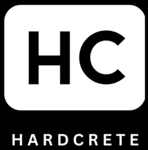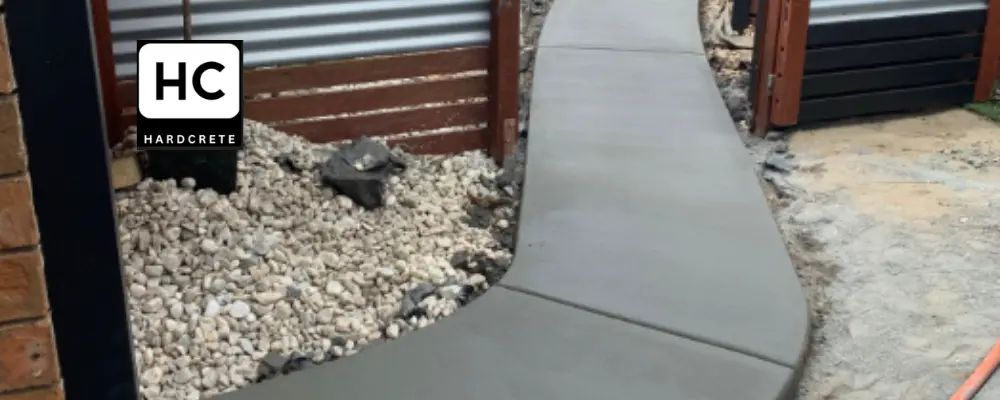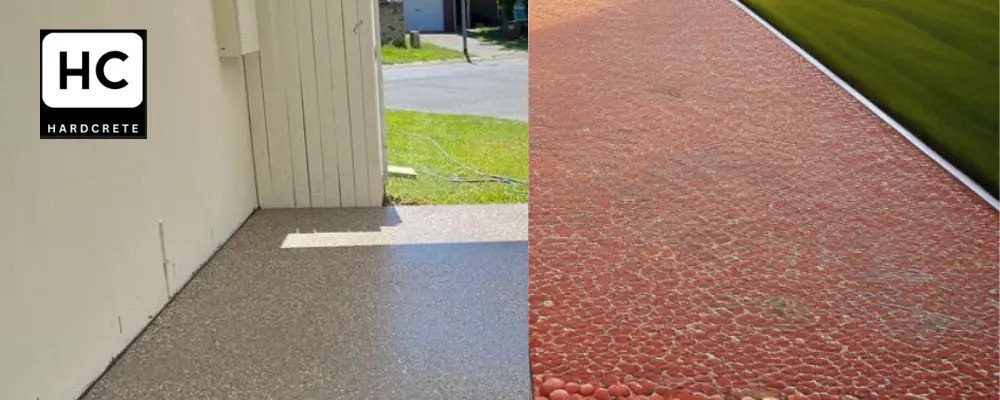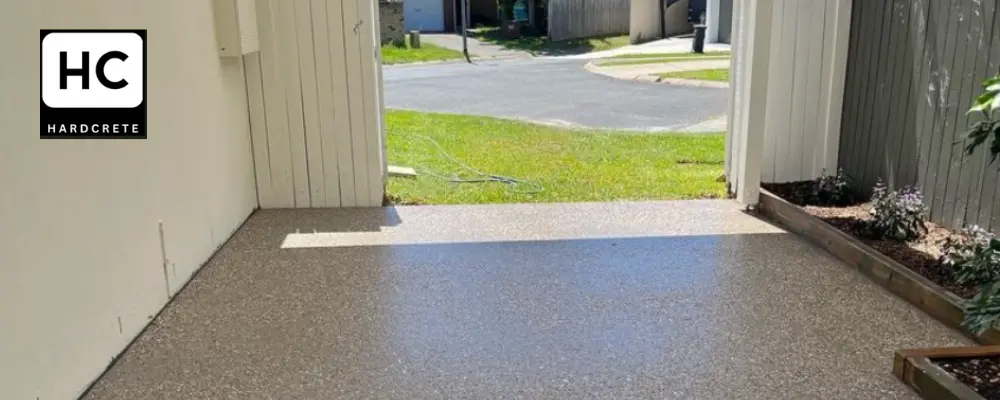Understanding Precast Concrete Structures
The production process of precast concrete structures involves the manufacture of components off-site, offering benefits like improved quality control and reduced construction time. Businesses often utilize precast concrete to create various structures such as walls, beams, and columns. Despite its advantages, precast concrete structures also have some disadvantages, including limitations related to size and transportation. In Australia, precast concrete is widely used for constructing buildings due to its durability and design flexibility.
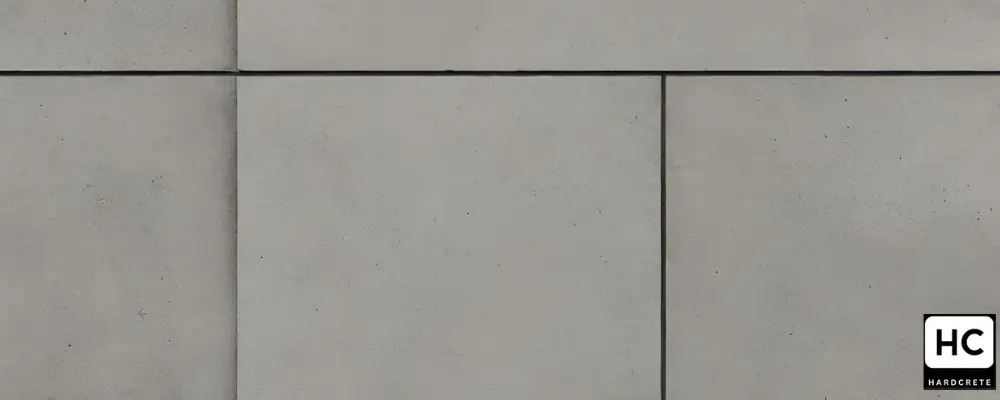
The Concept of Precast Concrete
Reinforced concrete structures are manufactured using precast elements to ensure durability and minimal maintenance. In Australia, precast construction involves casting concrete into reusable formwork, allowing for efficient pre-fabrication. The detailing of precast components includes layout, reinforcement, and bracing, ensuring robustness. Additionally, precast concrete panels provide thermal insulation, enhancing energy efficiency. However, it’s essential to consider the disadvantages associated with precast concrete in construction projects.
Structural Capability and Durability
With high load-bearing capacity and stability, precast concrete structures demonstrate resilience, durability, and resistance to mildew. The stable final positions of precast elements, like wall panels, require minimal landscaping. Their robust reinforcement ensures long-term stability, making them sustainable choices for construction. Additionally, the manufacture of precast concrete elements in Australia minimizes disadvantages associated with on-site construction.
Moisture Resistance and Fire Safety
With superior fire resistance, precast buildings meet stringent building code requirements. The use of Portland cement in precast construction ensures high fire protection, while the thermal insulation provided by precast concrete elements reduces energy costs. Additionally, precast structures offer excellent moisture resistance, resisting rot and ensuring long-lasting, low-maintenance construction. Incorporating these features, precast concrete technology is a testament to modern engineering, offering durability, energy efficiency, and safety in construction.
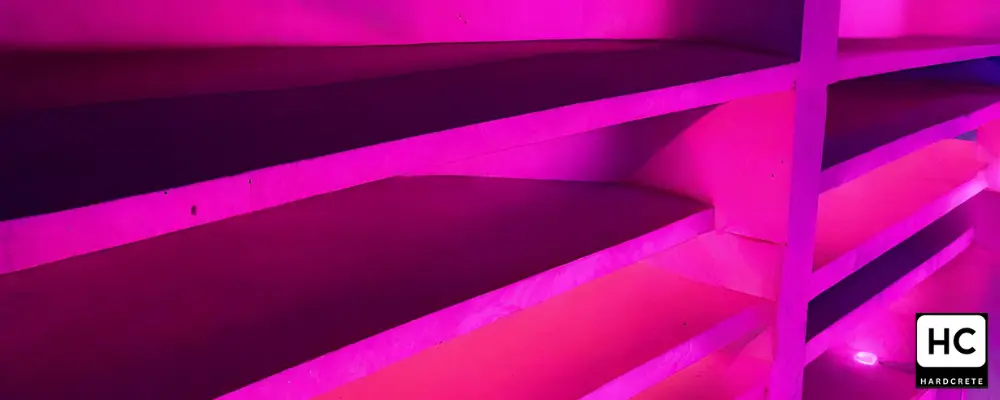
The Versatility of Precast Concrete
Precast concrete offers extensive versatility in terms of shape, size, and surface finish flexibility. The precast components are manufactured with high precision, allowing them to be used for a wide range of construction applications. They can be employed in various structures, including residential, commercial, and industrial buildings. Additionally, precast concrete products are pre-engineered and can be customized to meet specific project requirements. Despite its advantages, it is essential to consider the potential disadvantages such as production limitations and transportation costs. Australia is a significant contributor to the precast concrete industry, with advanced technologies in place for efficient precasting processes.
With the ability to achieve architectural and aesthetic goals, precast concrete panels offer a wide range of surface finishes, such as polishing. The construction of precast buildings allows for flexibility in layout and detailing, enabling creative landscaping integration and customization. Through durable reinforcement, precast construction ensures long-term structural integrity, contributing to the manufacture of high-quality, aesthetically pleasing structures.
Utilizing precast concrete, manufacturers produce various building components like wall panels, beams, columns, and slabs. These elements find extensive applications in civil construction, commercial infrastructure, and precast buildings, where quick and efficient construction is crucial. The integration of precast into construction ensures high-quality and consistent results, offering a wide range of prefabricated building solutions.
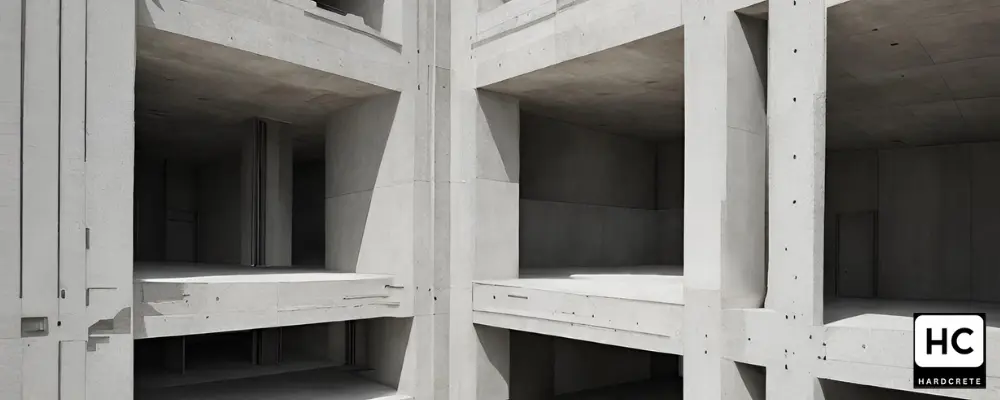
Why Opt for Precast Concrete Structures?
Why should you choose precast concrete structures? There are several compelling reasons. Precast concrete offers speed and quality of construction, ensuring projects are completed efficiently. It is also a profitable and sustainable choice, providing long-term durability and low maintenance.
Speed and Quality of Construction
Manufacturing precast buildings in a controlled environment ensures high-quality results, significantly reducing construction times and costs. Utilizing precast elements for fast erection and completion, prefabricated concrete construction offers efficient completion, speeding up the construction process. Fast installation of precast concrete panels further contributes to the efficiency of construction, reducing overall construction times.
Profitability and Sustainability
Enhancing profitability in construction is achieved through fast completion and cost efficiency. Additionally, precast buildings showcase sustainability, durability, and minimal maintenance needs. Waste reduction in precast construction contributes to environmental sustainability, making it a profitable long-term investment. Furthermore, prefabricated concrete construction supports environmental responsibility by employing sustainable materials. These factors consolidate the profitability and sustainability of precast concrete structures, making them an ideal choice for modern construction.
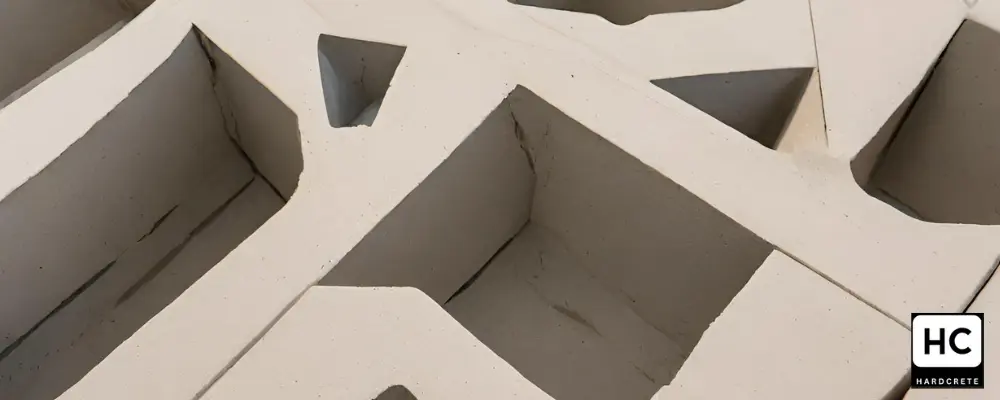
Exploring Precast Concrete Slabs
Precast concrete slabs offer versatility in shape, size, and surface finish, allowing for customized designs to suit specific project requirements. The manufacture of precast concrete slabs is carried out in a controlled environment, ensuring high quality and durability. While precast concrete slabs have numerous advantages, it’s important to consider the potential disadvantages, such as transportation costs and limited flexibility in on-site adjustments. In Australia, precast concrete slabs are widely used in construction due to their structural integrity and efficiency.
Efficiency under Diverse Weather Conditions
Efficiently performing in diverse weather conditions, precast buildings offer durability and energy-efficient solutions. With efficient construction times and the ability to withstand extreme weather, precast structures ensure reliable performance. The panels expedite construction, contributing to the overall efficiency of the building process. This demonstrates the advantages of precast concrete in manufacturing durable structures that maintain their integrity under varying weather conditions.
Energy Conservation Properties
Energy conservation is a key benefit of precast concrete buildings. The thermal insulation properties of precast elements help minimize energy consumption, reducing heating and cooling costs. Additionally, precast panels provide high thermal mass, contributing to lower energy usage. This makes precast buildings an efficient choice for sustainable construction and energy-efficient design. With precast technology, construction projects can significantly reduce their environmental impact and improve energy efficiency.
Precast Concrete and Design Considerations
Design considerations for precast concrete center around efficient manufacturing processes, addressing construction challenges, and embracing architectural freedom. The pre-manufactured nature of precast concrete offers advantages like speed and quality of construction. Overcoming construction challenges with efficient design is crucial. Architectural freedom allows for innovative and aesthetically pleasing structures. However, it’s essential to address the potential disadvantages, such as higher transportation costs due to weight and size. Embracing these design considerations can lead to substantial benefits in construction projects.
Overcoming Construction Challenges with Efficient Design
Efficient design solutions in precast manufacture contribute to accelerated construction timelines, overcoming layout challenges on site. The rapid completion times associated with precast concrete construction mitigate formwork and detailing challenges, while offering efficient bracing and scaffolding options. This approach ensures streamlined processes and effective structural outcomes, further reinforcing the profitability and sustainability of precast structures.
Architectural Freedom with Precast Concrete
Architectural freedom is a key advantage of precast concrete construction, offering creative solutions for architects and designers. The versatile precast panels provide flexibility in design, allowing for the creation of unique building types with a variety of colors and finishes. Additionally, precast concrete construction opens up landscaping opportunities, further enhancing the aesthetic appeal of structures. This architectural freedom allows for innovative and visually striking designs, making precast concrete an attractive choice for modern construction projects.
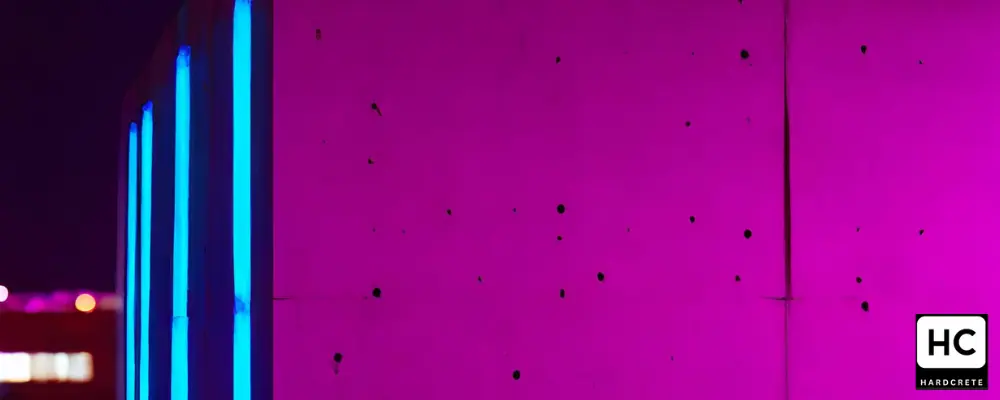
Functionality and Aesthetics of Precast Concrete Buildings
Structural integrity and aesthetic appeal merge seamlessly in precast concrete buildings. The versatility of design and durability offers functionality with timeless beauty, ensuring architectural freedom. These structures enhance the urban landscape with their enduring functionality and visual allure. With precast concrete’s ability to be manufactured off-site and then installed, the construction process is streamlined, making it a popular choice for modern construction projects. Despite its advantages, there are few disadvantages like transportation costs and pre-construction investments that need to be considered.
Durable and Functional Structures
With a focus on durability and longevity, precast buildings offer enduring solutions, ensuring high-quality floor space. The use of precast elements guarantees the highest quality concrete structures, providing resistance to mildew and longevity. Additionally, precast panels offer reinforced concrete of superior quality, showcasing the durability and functionality of precast construction in the built environment.
Beauty in Precast Concrete Design
Beauty in precast concrete design is evident through its high-quality, aesthetically pleasing structures. The precast elements offer customized finishes and durable color options, adding to the overall appeal. Additionally, precast panels provide detailed architectural elements with innovative layout options, showcasing the versatility and creativity of precast construction. The manufacture of precast concrete in Australia has revolutionized the construction industry, offering numerous advantages while mitigating disadvantages.
Adopting Precast Concrete Technology
With fast construction times, precast technology delivers high-quality, durable structures through advanced precasting and casting techniques. The use of high-quality Portland cement ensures the production of durable precast products. Additionally, precast panels are manufactured with precision, offering great versatility in building design. Despite these advantages, it is important to note certain disadvantages associated with precast concrete technology.
Precast concrete is a game-changer in modern construction. It reduces construction time and labor costs while ensuring high-quality products. Its use also contributes to sustainable building practices by providing thermal insulation and reducing carbon dioxide emissions. With its durability, precast concrete structures offer long-lasting solutions.

Frequently Asked Questions
How much do precast concrete panels cost?
The cost of precast concrete panels can vary based on factors like size, design complexity, and location. On average, they range from $30 to $50 per square foot. Custom designs or specialized finishes may incur higher costs. For an accurate quote, consult with a precast concrete manufacturer.
Is precast concrete cheaper than brick?
The cost of precast concrete and brick varies based on the project’s size and complexity. However, precast concrete can be more cost-effective due to its faster installation time, requiring less labor and materials. To determine the most cost-effective option, it is recommended to obtain quotes from multiple suppliers.
What are the disadvantages of precast concrete?
Disadvantages of precast concrete include higher cost compared to traditional cast-in-place concrete, challenges in transportation and installation due to weight and size, limitations in achieving intricate architectural designs, and the need for careful planning and coordination.
Conclusion
In conclusion, precast concrete structures offer numerous benefits in terms of structural capability, durability, moisture resistance, and fire safety. They provide the flexibility to create various shapes, sizes, and surface finishes, making them highly versatile for different construction projects. The speed and quality of construction with precast concrete are unmatched, leading to increased profitability and sustainability. Precast concrete slabs also exhibit efficiency under diverse weather conditions and contribute to energy conservation. Design considerations play a crucial role in overcoming construction challenges and achieving architectural freedom. Precast concrete buildings are not only durable and functional but also showcase the beauty of design possibilities. Embracing precast concrete technology is a step towards modern construction practices. If you have any questions about precast concrete, refer to our frequently asked questions section for more information.
